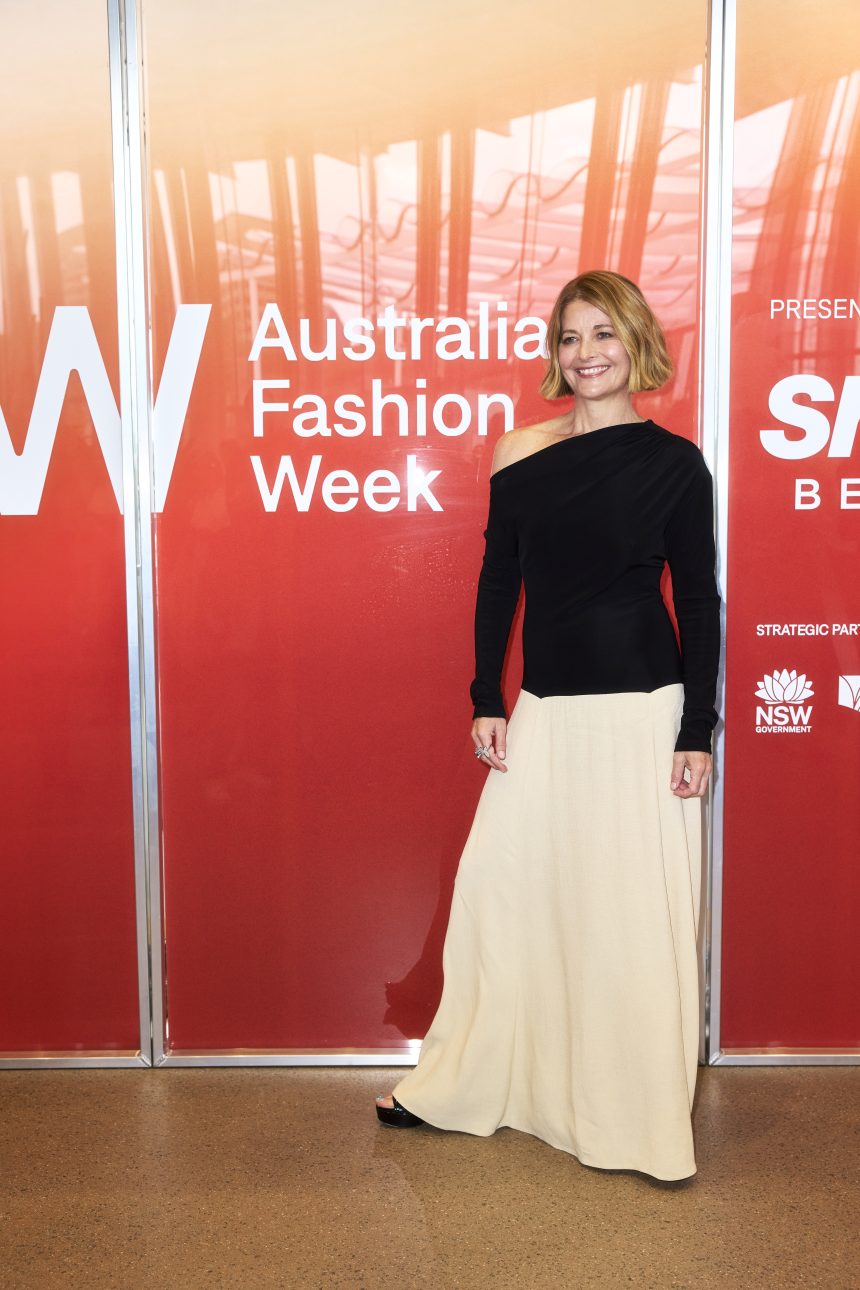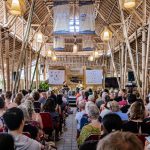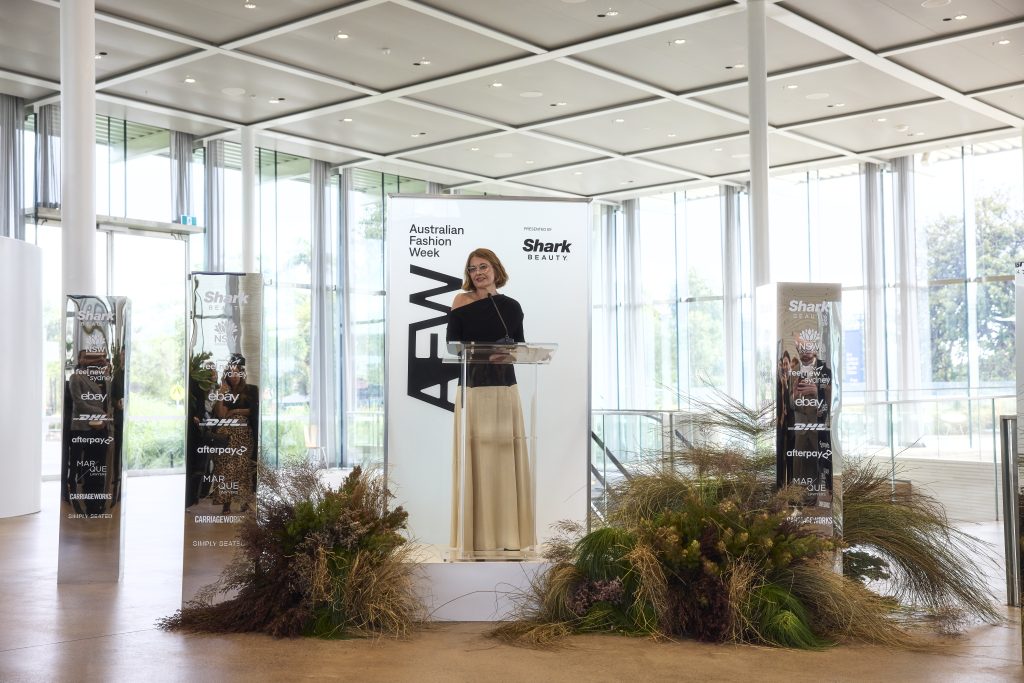
First of all, congratulations on the role. Let’s start with the shift from the glossies to the runway.
Kellie Hush: I left media in 2018, after my last role as Editor-in-Chief at Bazaar. I launched a retail business straight after, which didn’t survive—not unusual for startups. Then I moved into consulting. That’s when I began working with The Volte, which is now the world’s largest peer-to-peer fashion rental platform. I eventually invested and became a co-founder.
From there, I joined the board of MJ Bale, became a trustee at the Powerhouse Museum, and stepped in as interim CEO of the Australian Fashion Council during COVID. That gave me an inside view of the Council’s leadership. So when the AFC officially took on Australian Fashion Week last November, and I got the call in January asking if I’d guide it through this inaugural year, it was a no-brainer. I’ve been in the industry for 30 years. How could I say no?
And this year is already a turning point for the event—the first time it’s being run as a not-for-profit. What’s the vision behind that transition?
It’s about putting the industry first. The New South Wales Government supported AFC taking it over, and we surveyed the industry straight away. The message was clear: designers wanted a business-to-business model again. Less entertainment, more trade.
We still need media and PR—they’re crucial. But the backbone is domestic and international business growth. We condensed the schedule slightly due to timing, but still have over 25 designers showing, which is remarkable. From stalwarts like Carla Zampatti (turning 60!) and Lee Mathews (celebrating 25 years), to our Next Gen and new Frontier group showcases.
Tell us more about Frontier and the First Nations designers in the spotlight this year.
Frontier is a curated runway for independent labels that have built strong communities—we’ll be showing Esse, Courtney Zheng, Matin, Common Hours, Amy Lawrance, Paris Georgia and WynnHamlyn.
These are smaller operations, but with cult followings and stunning collections. It’s about elevating different stages of the fashion journey.
And yes, our First Nations designers asked for the space to do independent shows. We’re proud to support that. Designers like Joseph & James, Ngali, and Liandra Swim will present solo. Plus, we have two First Nations brands in the Next Gen show. It’s exciting to see such a range of aesthetics represented authentically.
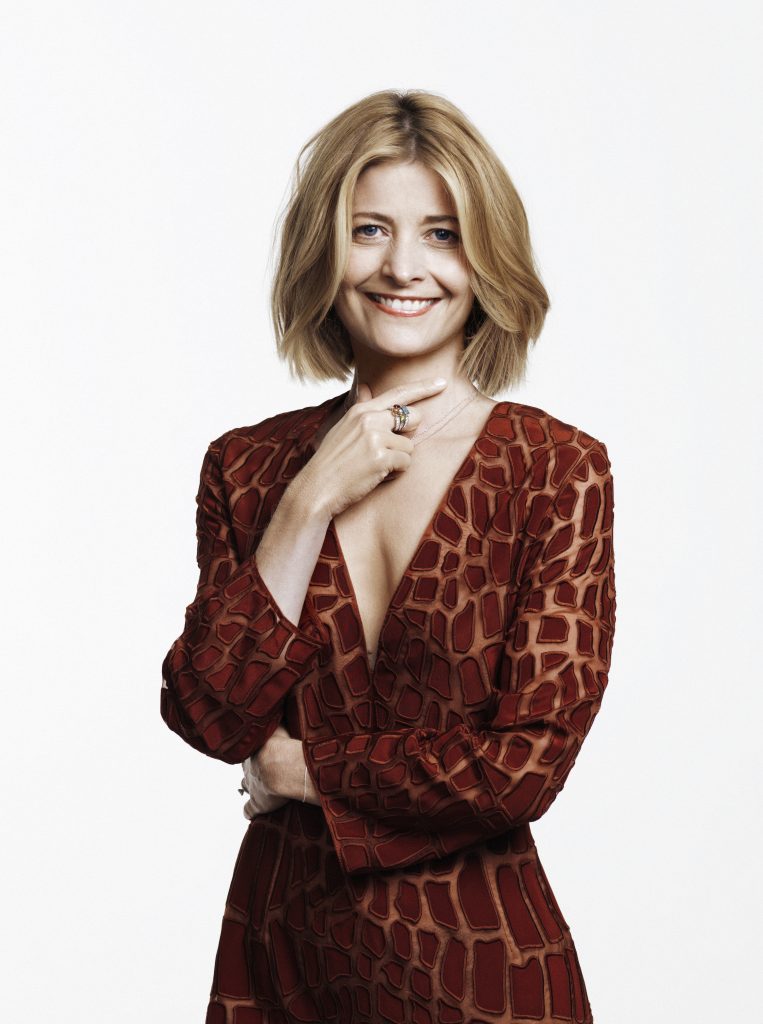
There’s clearly a strong sense of momentum and purpose behind this year’s program. What role do partners play in that vision?
Massive. Events like this aren’t possible without commercial partners. Destination NSW is our strategic partner. But we also have amazing support from Shark Beauty, CBA, eBay, Afterpay, and more. They believe in the future of the event—this is just year one of a new era. It will only grow stronger.
You mentioned the importance of media and PR. How do you see the role of fashion journalism now, in a landscape dominated by TikTok trends and influencers?
I’m still a media junkie! The verticals have changed—we now have titles like Business of Fashion and WWD shaping industry conversation. And I still read Vogue and Bazaar for the beauty and curation.
Social media has absolutely disrupted legacy media, but it has also democratised fashion. Fashion is more accessible, and that’s a good thing. The key is making sure whatever platform you’re on adds to the conversation. Our designers are seeing that their Australian customer is just as vital as the global buyer—especially in a tough international market.
That homegrown loyalty is such a strength. What’s your vision for the future of Australian Fashion Week?
We sell lifestyle better than anyone. Whether it’s Zimmermann or Aje or Lee Mathews, they all tell a story of place. That’s our edge: the Australian sensibility, optimism, quality, and attitude. I think we used to want to lose the “Australian” label, to fit in with Paris or New York. But now there’s power in that identity.
We’re young compared to other fashion weeks. Next year is our 30th anniversary. But that youth brings energy. We’re not afraid to do things differently.
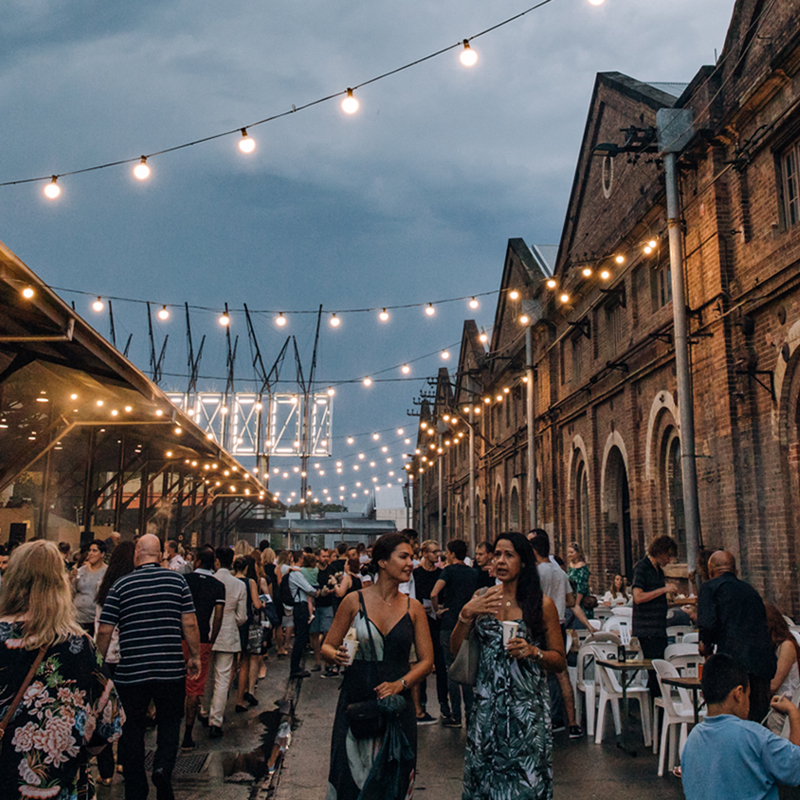
How do you balance your passion projects—like The Volte—with a big job like Fashion Week?
Well, I only signed on for this year. The government support was strong, but it was always about getting through 2025 first. My role is a caretaker. The Volte remains my core focus, but this opportunity was too special to pass up.
And special it is. Just getting this off the ground in months is impressive. What’s your secret superpower?
Deadlines! Years in media made me fearless about time pressure. We have a tiny core team, but they’re incredible. The AFC board has had our backs. We all just ran at it.
IRR: What kind of numbers are you expecting this year?
We have around 3,500 delegates, and that’s before invited guests and the broader ecosystem. We’ll have international press, buyers, and all the buzz around Carriageworks in Redfern. It’ll be vibrant.
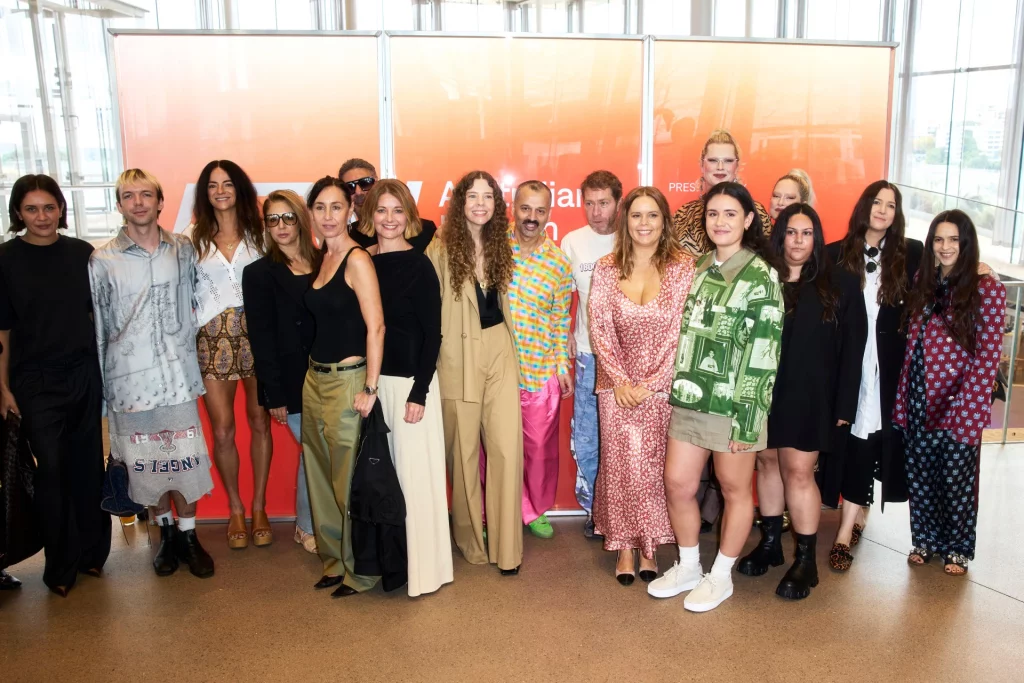
IRR: What are the designers hoping for from the event?
Sales, absolutely. We have buyers from Nordstrom, Net-a-Porter, Browns, and others from the UAE, UK, and Asia. The goal is buzz and business.
And for the younger generation reading this, what advice would you give someone trying to enter the fashion industry?
You have to really want it. It’s hard work, often underpaid, and highly competitive. Glamour comes later. Know your industry—know your designers, your photographers, your history. Fashion is an ecosystem. If you’re not a creative, you can still be a buyer, a marketer, a merchandiser. There are so many roles. Devil Wears Prada showed two. I’d show you 200. And stay curious. Innovation and adaptability are everything. This is a changing industry, and the best thing you can do is evolve with it.
Well, we’ll certainly be watching closely. Good luck with the week. We are sure it will be amazing.
Thank you—it means a lot. This is for the industry. And with the industry behind us, anything is possible.




